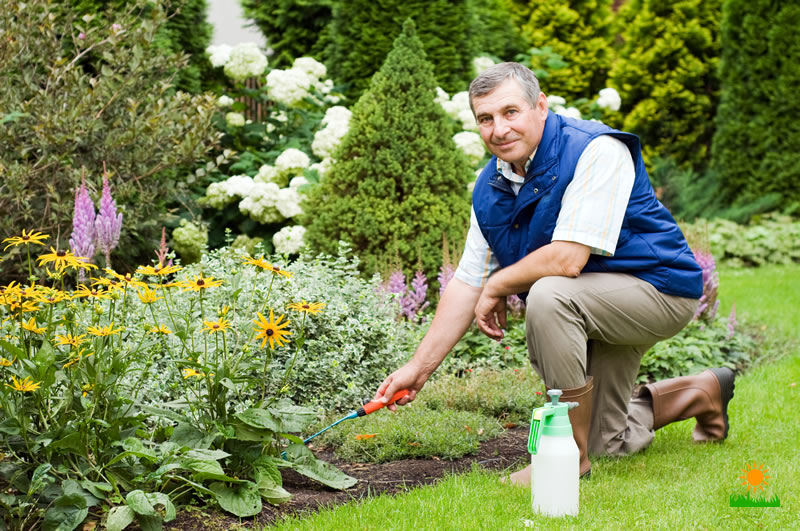
Gardening is good exercise, and can be very therapeutic. There is something about helping to be a part of creation that is soothing to the soul and good for the spirit. Unfortunately, spending that much time on our knees can lead to painful back problems, especially if we jump in after spending the winter not doing anything.
Fortunately, there are things you can do to alleviate this problem, getting you back on track.
Don’t Try to Do it All at Once
Break your jobs up into manageable chunks so that you are not putting a strain on your back and muscles. Rome wasn’t built in a day, and your garden won’t be either. By starting with smaller jobs like pruning bushes and shrubs and starting seeds indoors, then working up to more arduous tasks such as turning over the earth, you will give your body a chance to get used to the activity.
Plant your Garden in Sections
Your muscles only have about 90 minutes or so of endurance. If you can break your garden into sections, and work one section at a time, you’ll help to alleviate the strain on your muscles and your back.
Even though it may take a little bit longer, you will find that you are actually more effective overall.
Use Braces and Supports
Knee braces, elbow braces, back braces…all of these are readily available and the cost is minimal, compared to the cost of medical treatment for a strained back.
Rotate your Body
Most of us have a dominant side and gravitate toward it when we are working. If you are raking or clearing ground, shifting from one side to the other regularly will keep you from placing all of the strain on one side of your body.
Tools and Devices to Help you Avoid Back Strain
There are tools and devices that you can use in your gardening that will help you reduce the possibility of back strain. Most are simple devices that are readily available at a home and garden store, and the cost will be minimal.
- Kneeler: A gardening kneelercan greatly help to reduce the strain on your body. It can be used either as a kneeler or a seat, and is lightweight and portable.
- Knee pads: Garden Knee Pads are made of neoprene and are specially designed for gardeners.
What to do if you do Strain Your Back
Sometimes, in spite of all our best efforts, back strain does occur. If you find that you’ve overdone it, and hurt your back, here are some tips to help you alleviate the pain and get back to work.
- Use Hot Compresses. The heat increases the blood flow to the affected area and decreases your pain level. A heating pad like this one is inexpensive and provides quick relief for sore muscles.
- Pain relievers. Over the counter pain relievers such as Tylenol and Advil can be used to treat back pain. If they are ineffective, or you find that you need to take more than the recommended dose to get relief, see your doctor, as you will need a prescription for something stronger.
- Stretch. Although the pain may have you wanting to curl up in a ball and not move, this is actually the worst thing you can do. Your muscles will contract and you’ll actually find yourself in more pain. Even though it hurts, try to make sure you do some light stretches to keep the muscles from seizing up.
Conclusion
Gardening is a fun and rewarding experience, but it’s important to take care of your body while you are doing it. Make sure to start slowly, build yourself up to higher activity levels, and use devices that are designed to help you reduce the risk of straining your back and muscles so that you are able to fully enjoy your gardening summer.
Happy Gardening!
